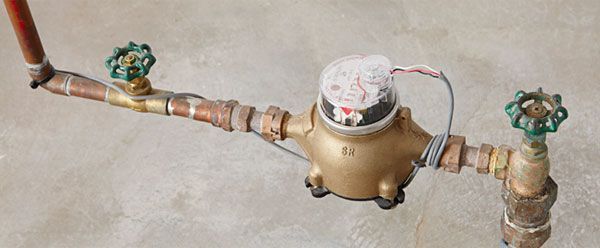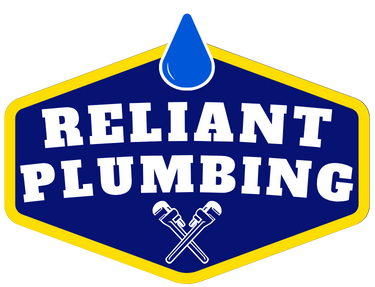
Why Your Main Shut-Off Valve Is One of the Most Important Parts of Your Home
It’s small, often forgotten—but can save you thousands in water damage. Here's why your main shut-off valve needs your attention.

Introduction
When was the last time you checked your home’s main water shut-off valve?
Most homeowners don’t think about it—until disaster strikes. A burst pipe, a broken fixture, or a leaking appliance can release hundreds of litres of water per hour. In those moments, knowing where your shut-off valve is—and whether it works—can be the difference between a minor inconvenience and a flooded basement.
In this article, we’ll explain what your shut-off valve does, how to locate and test it, signs it may need replacement, and why it’s a critical piece of every Cambridge home's plumbing system.
1. What Is a Main Water Shut-Off Valve?
The main shut-off valve controls the flow of water into your entire home. When open, water flows freely to all your fixtures.
When closed, it stops the flow completely.
You’ll need to shut off this valve in emergencies like:
- Burst pipes
- Overflowing toilets or sinks
- Major appliance leaks
- Plumbing repairs or renovations
Turning off the valve quickly prevents flooding and limits water damage.
2. Where to Find It in Your Cambridge Home
Most shut-off valves in Cambridge homes are found:
- In the basement, where the water line enters from the street
- Near the water meter
- Along the front wall of the house (especially in older homes)
In slab-on-grade homes or townhouses without basements, the valve may be located in a utility closet, crawlspace, or furnace room.
3. Types of Shut-Off Valves
You’ll typically see one of the following:
✅ Gate Valve (Older Style)
- Round handle that turns like a wheel
- Common in older homes
- More prone to sticking or failure over time
✅ Ball Valve (Modern Style)
- Lever handle that turns 90 degrees
- More reliable, easier to operate quickly
If your home has an old gate valve, upgrading to a ball valve is a smart investment.
4. Why It’s So Important to Keep It Working
A faulty or stuck shut-off valve can delay your response in an emergency, turning a simple leak into a disaster. A functioning valve:
- Prevents flooding during emergencies
- Lets you safely perform plumbing repairs
- Protects floors, walls, appliances, and foundations from water damage
- Keeps your insurance claim process smoother, as immediate shut-off may reduce damage
Water damage from a plumbing emergency can cost $5,000–$25,000+. A working valve helps avoid that entirely.
5. How to Test Your Shut-Off Valve
You can easily test your valve in under 5 minutes:
- Turn off the valve (turn the handle clockwise or move the lever perpendicular to the pipe).
- Open a faucet or flush a toilet—water should stop flowing after a few seconds.
- Turn the valve back on and check for leaks around the handle or pipe.
Pro Tip:
If it’s stiff, rusted, or leaking, don’t force it. That’s a sign it needs service or replacement.
6. Signs It’s Time to Replace the Valve
Replace your shut-off valve if you notice:
- Stiff or difficult-to-turn handle
- Leaking around the handle or pipe joint
- Valve doesn’t stop water flow completely
- Rust or corrosion on or near the valve
- You still have an old gate-style valve
Many Cambridge homes built before the 1990s still use original shut-off valves. If your valve is 30+ years old, it’s a good idea to have it inspected.
7. What’s Involved in Replacing a Shut-Off Valve?
A professional plumber will:
- Shut off water at the municipal curb stop
- Remove the old valve (may involve cutting the pipe)
- Install a new ball valve for easy emergency shut-offs
- Test the system and check for leaks
The process is typically quick and minimally invasive—especially if done before an emergency arises.
Final Thoughts
Your main shut-off valve might be small, but it plays a huge role in protecting your home. A faulty valve can delay your response during a leak or flood, leading to major damage. That’s why it’s essential to know where it is, test it regularly, and replace it if needed.
If you’re unsure about the condition of your valve—or need help upgrading to a newer, more reliable model—it’s a smart time to call in a professional.
